1. It Increases Creativity
Creative thinking is one of the fundamental principles of Minecraft. Building environments with the tools provided help students design and construct new worlds through strategy and survival. New associations between existing concepts are put into place resembling Lego blocks, with its playful pedagogy where narrative and space play an essential role. Creations in the virtual world of Minecraft makes possibilities endless. Why wait?
2. It boosts Perception and Hand-Eye Coordination
Like most video games, Minecraft promotes focus because players are highly involved in interacting with the world around them. A handful of studies show that video games improve people’s visual partial attention, specially when playing in survival mode since its main goal is to escape obstacles to remain in the game.
3. It stimulates learning in a collaborative way
Students can learn about historic sites, mathematics, coding, physics or study a new language. Subjects in Minecraft Edu are mainly divided into age groups. Obstacles push their imagination to the limit inspiring higher-level critical thinking while working together to build a positive social classroom climate.
4. It promotes computer literacy
How is software put together? How is it programmed and what makes it run? How do computers work? Students are really becoming interested coding and using graphic editors, how to edit and construct files themselves to customize Minecraft, teaching themselves They’re figuring out how computers work and teaching themselves programming, researching on the internet, making videos and using graphic editors.
5. It’s fun
Students are immersed in the process of learning and they have fun at the same time. At the International School of Bremen we have been coding little green turtles, visited 17th century England and have also been looking at chemistry bonding working together in collaborative projects. As one student wrote:
“I had so much fun and I learned so much. I didn’t know that you can code a turtle in Minecraft Education. It was fun because I gave the turtle the instructions and the turtle did everything that I wanted the turtle to do. It was so cool, especially when you can play with friends and learn at the same time.”



